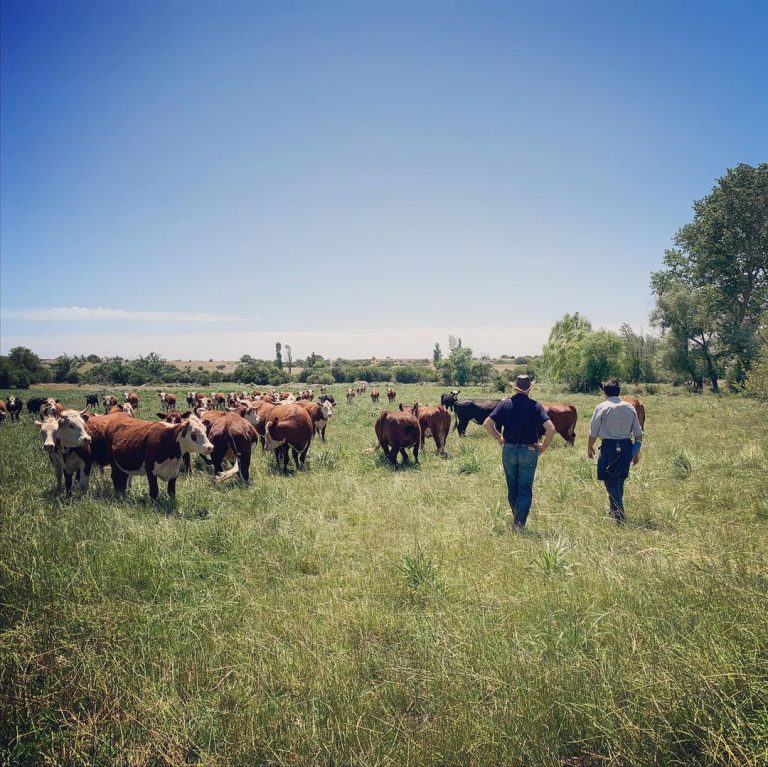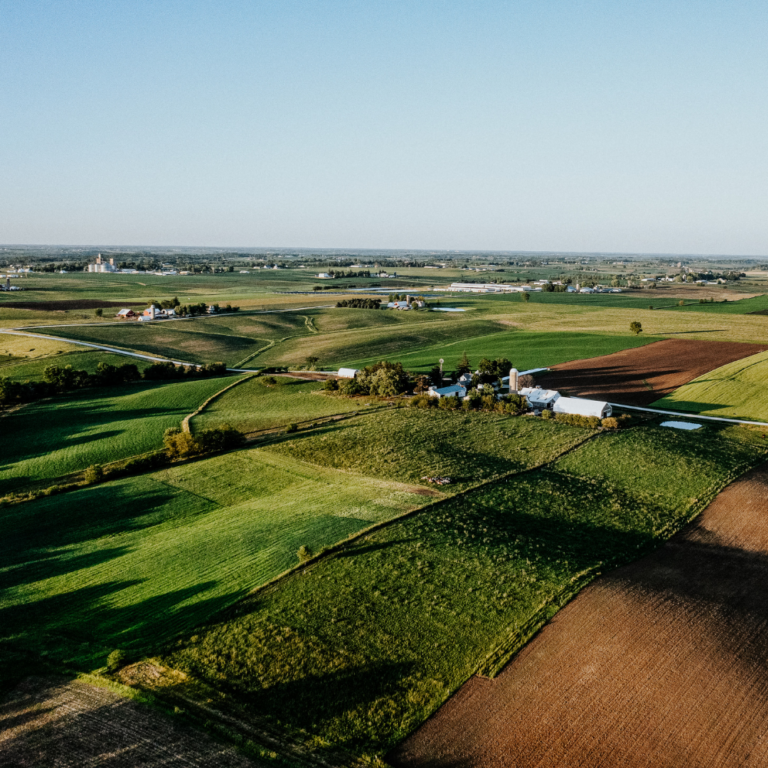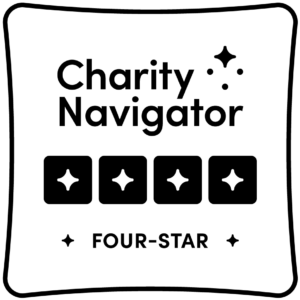What does properly managed livestock mean?
In my 6th blog post I discussed why properly managed livestock are essential to saving civilization as we know it. Now let’s discuss what properly managed livestock means, because only by managing them properly will we be able to seriously address the complexity involved in both global desertification and climate change.
First let me be clear about what is not proper management.
Industrial factory farming of livestock.
Commonsense tells us that agriculture needs to be based on the biological sciences. Mainstream agriculture however is based on chemistry and technology driven by universities, corporations, major philanthropic funders, governments and international agencies – a consequence of reductionist management and policy.
Literally millions of cattle, pigs and poultry are managed in Concentrated Animal Feeding Operations (CAFOs). These include pigs bred in small cages with barely room for mothers to move. This does not constitute properly managed livestock. The Union of Concerned Scientists has criticized such practices.
Vegans and vegetarians who have expressed outrage are I believe correct – such practices are not only inhumane to animals, but treating animals in such a manner is degrading to humans. Apart from being inhumane and degrading, CAFOs are also damaging to the environment, economy and human health. In any nation calling itself civilized, such management of animals should be illegal. Unfortunately CAFOs have led many in society to vilify livestock rather than recognizing that the animals are innocent, while reductionist management and policies are the problem.
Properly managed livestock starts with managing the animals on the land in a manner that is good for the land and all life – well cared for until ending their lives as humanely as possible. Just as you and I would wish to be treated.
Managing animals on the land.
Here I need to differentiate between managing livestock in the more year-round humid environments (about a third of the world’s land), and managing them over the far greater areas of the world that are seasonally humid then dry environments. The first are nonbrittle environments in which dead leaves and stems crumple softly in your hand. The second are brittle environments where dead leaves and stems are so brittle they break into fragments in your hand.
Humid nonbrittle environments.
Remember that the countyside surrounding London is green year round, while that of Johannesburg with higher average rainfall is dry, dusty and brown much of the year, because these cities lie in entirely different environments. In the more humid environments, of say, East and NW coasts of America, or much of Europe, livestock have an essential role to play in the regeneration of soil life and health to decarbonize the atmosphere, but not in addressing desertification. In such humid environments – remember from my earlier blogs – no amount of overgrazing of plants or resting land (partial or total rest) leads to desertification.
As long as animals are out on the land and well treated in humid environments there are many ways of managing them. Past, and present, practices of centuries have involved either continuous grazing or rotational grazing. French pasture scientist Andre Voisin brought to light the shortcomings of rotational grazing. He developed a simple form of planning livestock grazing that he called “rational” grazing – meaning well thought out and planned, as opposed to simply rotated through pastures.
Here I need to digress to discuss the confusion that reigns about the many ways advocated for how grazing management should be done.
Cause of public confusion about grazing management.
Everett Rogers in his seminal book Diffusion of Innovations describes how new knowledge spreads in society. Because we are human with egos, when we learn something new we give what we have learned a new name and twist so that it appears our idea – and thus new ideas spread in a rather messy but eventually effective way.
From both Voisin’s work and my own people have come up with many new “grazing systems” of their own. Examples of some of these grazing systems are mob grazing, short duration grazing, management intensive grazing, high density grazing, cell grazing and adaptive multi-paddock grazing. Tragically in giving a new name and twist to the work of others the simple reason for success was lost. Like me telling your joke as my own, but forgetting the punch line! That dropped punch line was of course the decision-making and planning process.
What people in business understand easily is for some reason difficult for most ranchers and range scientists. Business people understand that a prescribed management system serves them well where things in the business are predictable.
For example they use an accounting system, or inventory control system – meaning a prescribed management system. However they would not dream of managing their entire business and all its unpredictability using any prescribed “business system”.
This confusion amongst farmers, ranchers and range management academics and in the public results I believe from our use of the word “system” to mean two different things. We refer to the ecosystem and other complex systems meaning the whole, or system, is complex – functioning in wholes and patterns, self organizing and indeed complex. In my second blog post in this series I discussed why our inability to manage what is complex is sinking humanity’s boat.
Everything we manage involves human organizations and nature – both defined as complex self-organizing systems. While that is fairly clear, confusion reigns when we then use the same word system in a different sense to describe a predetermined prescriptive way to manage grazing animals on the land.
This we do with rotational and the many other grazing systems. In doing this we ignore the social, cultural, economic and environmental complexity largely and present a recommended grazing system (like accounting system, or inventory control system) farmers and ranchers should use.
So in summary any of the plethora of grazing systems can be used in more humid regions where the land does not desertify, as long as animals are treated humanely throughout their lives. Land should improve as long as animals are bunched more and kept moving. People will be happy, as many good people and those advising them are, with what they are doing because they do not see the hidden costs.
For most small land holdings in the more humid regions Voisin’s simple planning process is excellent and superior to any grazing system. My wife and I had Voisin’s book republished by Island Press to make his original work more available for those wanting to do better than any grazing system can do.
Now we come to land that is desertifying, such as in the U.S. and over most of the world. Land where rainfall is seasonal, erratic and mostly below 400mm (16 inches) of rainfall – where no technology, tree planting or anything but livestock can practically reverse desertification and address climate change. Here we need to pay attention because such brittle environments cover the greatest land area on our planet – far larger than the tropical forests and humid regions.
Seasonal humidity brittle environments.
When in the 1960s I realized that we had no option but to use livestock to reverse desertification over most of the world’s land I faced a serious dilemma. How could this be done?
As explained in my TED talk on desertification http://on.ted.com/Savory, we had the experience of over 10,000 years of knowledgeable pastoralists herding their animals, while protecting them from predators and constantly moving them, just as they still do today. But that had led to the development of the world’s great man-made deserts of antiquity, and is still advancing desertification as I write. Clearly pastoral herding as it has always been, and still is, was not going to reverse desertification.
Then we had the experience of about a century of modern range management guided by range scientists, and this had increased desertification faster than pastoralists had done over thousands of years. That management included many grazing systems, fencing, water distribution, use of machinery, fire and chemicals. It also involved constant reduction of livestock numbers leading to pastoral genocide in Africa, Israel, China and elsewhere, as well as the dying western ranching culture in the U.S. – all clearly not working. So what were we to do? What are we to do?
All I knew decades ago was that we had to learn how to use the herding, bunching behavior of livestock in a manner similar to how they evolved in the presence of pack-hunting predators. Somehow we had to use livestock as a tool and as proxy for past intact grazing predator populations that no longer exist.
While managing livestock in a way mimicking nature we had also to manage very complex situations – socially, environmentally and economically. Voisin had provided a clue – use some planning process to address what is complex. I tried Voisin’s planning, but since it was developed on ever-green pastures in Europe it could not deal with the greater complexity we faced in African savannas. Nor could Voisin’s planning deal with the social and economic complexity.
Because we ecologists had never faced anything like this I began researching other disciplines to see if anyone had dealt with such complexity. The closest I found was in military experience developed over centuries in Europe. Military planners had been forced to develop ever more successful ways of planning extremely complicated, fast changing situations, in immediate battlefield conditions.
To do this smart minds had developed a simple way of producing the best possible plan at any moment in an often chaotic and changing situation. Rather than re-invent the wheel I merely cribbed what I had been taught as an army officer in the Rhodesian Army from Britain’s Sandhurst Military College – and that became Holistic Planned Grazing.
Holistic Planned Grazing (suitable for all environments).
In this successful and replicable process the first step is for those managing to use the holistic framework to manage what is so complex – starting with developing their own unique holistic context to guide management. This is the essential stage when people determine for themselves, in their own self-interest, whether livestock should even be managed and if so how.
Any farmer or corporation, in for example a Brazilian rainforest, would at this point realize that cattle should not be there. To run cattle on pastures in a cleared tropical forest would be socially, environmentally and economically unsound, and would not be in any person’s, corporation’s or nation’s long-term self-interest.
If, in line with their holistic context, those who were managing determined that livestock were essential to better their lives, and that nothing else could do so in that situation, then planning of the livestock management on the land would proceed. Proceeding that is with the knowledge that it was the right thing to do socially, environmentally and economically for their own lives and those of future generations.
How is Holistic Planned Grazing done?
Military minds had developed the profoundly simple idea of breaking a complicated situation down into small digestible parts to consider one by one. Even a stressed mind can do this. And then, having thoughtfully considered one small point, move on to the next, with each step building on those before to arrive at the best possible plan. I could see how this process could deal with an incredibly complicated situation even for people stressed and exhausted in battle, but there was another problem. Battles are fought for a short time.
People managing livestock have to plan for months or years ahead. They have to plan for unreliable changing weather, fires, plant poisons, predators, crops, other land uses, wildlife needs and more. At the same time they have to plan for changing nutritional needs of animals as they go through their breeding cycles. How could I use the military planning idea and solve such complexity over many months? Easily.
By simply laying out the planning on a chart we could reflect dimensions of time, area, numbers and many problems, issues, changing seasons and more on a flat piece of paper. So simple. We did this and it worked immediately. While I have seen thousands of farmers and ranchers fail to plan, I have yet to see Holistic Planned Grazing fail in any country. After all this process is based on more than 300 years of experience by bright minds.
Holistic Planned Grazing is quickly taught and easy enough for children to grasp. In Africa young people just leaving high school with no experience have learned to plan grazing in a day. In fact doing the planning is fun for any family or team of people, much like playing a game, with the knowledge in everyone’s heads pouring out onto the chart and then finally plotting the animal movement to produce the result all desire. Inexperience has yet to prove a difficulty because ignorance does not block learning in the way that what we already know, or our egos, block learning.
The steps for planning grazing are contained in an Aide Memoire (from the French meaning a memory aid) because of the origin in military colleges. This memory aid ensures the simple small steps are followed building, as they do, the final plan. The aide is universal (applicable in all environments and all manner of situations) reflecting the experiences in the field of thousands of farmers, ranchers and pastoralists.
Training, including self-teaching materials, is available and constantly updated from the Savory Institute and its world-wide network of locally led and managed hubs. And a simple version, together with community mobilization materials (developed with financial assistance from the Office of Foreign Disaster Assistance in USAID), is available for semi-literate people, NGOS and others in Africa.
Young woman facilitating semi-literate villagers in Zimbabwe to plan the grazing of their livestock.
Does Holistic Planned Grazing work?
You might wonder if what I write is supported by results or recognition from reputable bodies. Results have been demonstrated repeatedly for almost half a century. Naturally people have done what they did to varying levels of ability, but so great have been the successes that the Holistic Planned Grazing process is now practiced on well over twenty million hectares on six continents. In the U.S. ranchers managing holistically have dominated awards for good land stewardship.
To date a few reputable organizations have recognized the work despite the fact that using livestock to reverse desertification flies in the face of society’s, and thus institutional, beliefs:
• Australian International Banksia Award 2003 – “for the person or organization doing the most for the environment on a global scale.”
• U.S. Buckminster Fuller Award in 2010 -“for a strategy best addressing humanity’s most pressing issues”.
• Western A Price 2015 “for integrity and persistence in science”.
• Currently a finalist in the Virgin Earth Challenge, Sir Richard Branson’s $25m prize for scalable and sustainable ways of removing greenhouse gases from the air.
Criticisms and flaws.
Managing what is so complex was developed over decades of criticism helping to find flaws in either the logic or the science, as is normally how science and knowledge advances. Since the early 1980s further flaws have evaded discovery and only cosmetic change has occurred in the holistic framework, despite appeals to all scientists (as I still do) to help identify any flaws in either the logic or the science. Remember this is a decision-making and planning process that uses all available science as well as other sources of knowledge.
That said, however, anyone doing a Google search will bring up constantly recycling claims that Holistic Planned Grazing is neither based on, nor supported by science. And that it has not been experimentally proven. Such claims, that opponents use social media to spread widely, arise from papers, reports and articles produced by vegans, environmentalists and by Professors at respectable universities adding “legitimacy as objective scientists.”
While always reading the critic’s articles, and peer-reviewed publications, in case they have found something new, we have yet to find this to be the case. Despite their academic credentials the authors of such papers have consistently studied one or other of the many grazing system derivations, but not the Holistic Planned Grazing process.
These authors also repeatedly cite one another. In one publication by 8 authors (all holding a PhD) 19 papers were cited in support of their criticism but when all those citations were followed up, including the papers cited by those authors, not one had ever studied Holistic Planned Grazing. To claim that because the grazing systems they have studied do not reverse desertification and therefore Holistic Planned Grazing is not proven by experimental science, is twisted logic indeed. This behaviour is perhaps best described in The Structure of Scientific Revolutions by Thomas Kuhn.
We should never relax however and it is my hope that all of you reading my series of blog posts will challenge everything I write. Please feel free to, and do, share with any skeptics or critics you know, or can locate using Google search, and invite them to participate in the discussion. With the serious situation humanity faces all I ask is that you not be apathetic for the sake of future generations.
In my next blog I will summarize why it is that only by managing what is complex holistically – using livestock, properly managed, combined with the technology to develop benign mass energy – can we seriously address climate change and thus offer future generations the hope they deserve. Till then.







